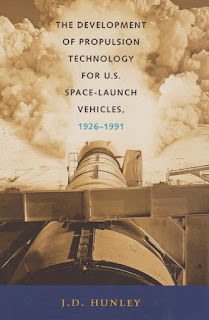In their new book Texas Waterfowl, William P. Johnson and Mark W. Lockwood describe the life histories of 45 species of ducks, geese, and swans that occur in Texas.
Cinnamon Teal (male).
Photograph by Greg Lasley, March 2, 2009,
Austin, Travis County, Texas
One such remarkable species is the Cinnamon Teal. This waterfowl’s
nonbreeding plumage is almost identical to the Blue-winged Teal. These
beautiful birds can be found in the High Plains and in El Paso County.
However, they have also been seen in Bexar and Colorado Counties. During the
winter, Cinnamon Teal migrate to the western side of the state.
Typically Cinnamon Teal eat invertebrates, seeds and aquatic plants. They also breed anywhere from southwestern Canada into western Mexico with their greatest density being around Great Salt Lake, Utah. Breeding pairs can be found in freshwater wetlands, such as stock ponds, wetlands, and marshes. Their nests are usually on the ground near water, and in short, dense grasses.
During breeding seasons, adult male Cinnamon Teals have a cinnamon red body color, hence the name, while the crown and back of their heads are dark brown to black. Their bellies also range from reddish brown to black. Their bills are a glossy black. Adult females are a mottled brown in appearance and have a slaty bill with black spotting near the edges. However, during nonbreeding times, both closer resemble females with mottled brown feathers.
For more on these beautiful creatures, check out our website or pick up your copy of Texas Waterfowl today!

.jpg)

















